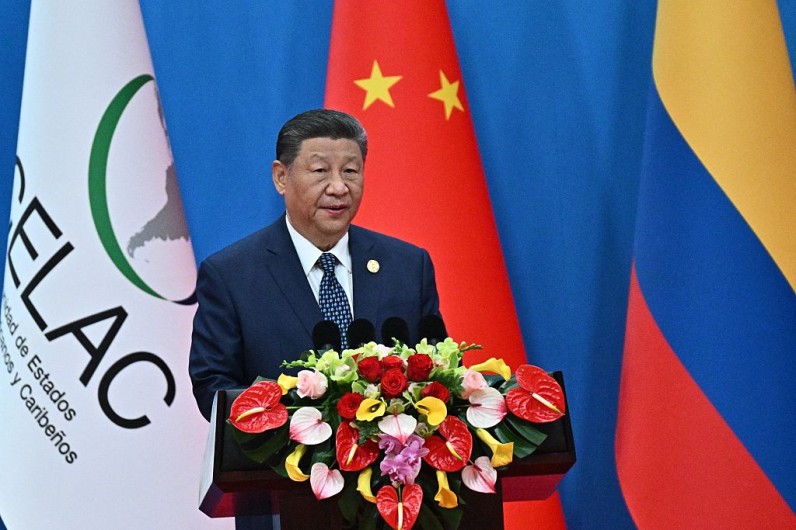
China has started building one of the world's largest hydropower dams in Tibet, a project stirring both environmental and political worries across Asia.
The massive development, estimated to cost around 1.2 trillion yuan (about $167 billion), was officially launched on Saturday by Chinese Premier Li Qiang in the southeastern city of Nyingchi, close to India's Arunachal Pradesh.
Set along the Yarlung Tsangpo River—known as the Brahmaputra in India—the dam will feature five connected hydropower stations.
Once completed, it is expected to produce over 300 billion kilowatt-hours of electricity each year, enough to power hundreds of millions of homes and help China move toward its net-zero emissions goal by 2060.
The dam is being managed by the newly created China Yajiang Group. It is planned to be three times larger than the Three Gorges Dam and located in a steep, remote gorge where the river drops over 2,000 meters in just 50 kilometers, Bloomberg said.
The project has already boosted stocks in Chinese energy and construction sectors. Shares of Power Construction Corp. of China and China Energy Engineering Corp. jumped sharply, and cement producers also saw big gains.
🚨BREAKING: China officially begins Construction Of Mega-Dam On Brahmaputra River In Tibet pic.twitter.com/293YZkCufa
— The Daily CPEC (@TheDailyCPEC) July 20, 2025
China's Tibet Mega-Dam Sparks Fresh Tensions With India
But while the dam offers major economic benefits, experts warn that it may do serious damage to the local environment and biodiversity.
Concerns go beyond nature. India and Bangladesh, both downstream from the river, are worried about how the dam could affect water flow and regional stability.
The Indian government formally raised the issue with China last year, and officials say it was a key topic in talks between the two countries in January.
India's External Affairs Ministry has asked China to consider the rights and interests of downstream nations.
According to BusinessWorld, Arunachal Pradesh Chief Minister Pema Khandu called the project a "ticking water bomb" and warned it could be used as a weapon or harm tribal communities living near the border.
The dam also lies on a major fault line, raising fears about what might happen if an earthquake strikes the area.
Transporting materials to the isolated site and building power lines to eastern China will also be costly and difficult.
China has said the dam will not hurt downstream regions and has promised to keep sharing river data under a 2006 agreement.







Join the Conversation